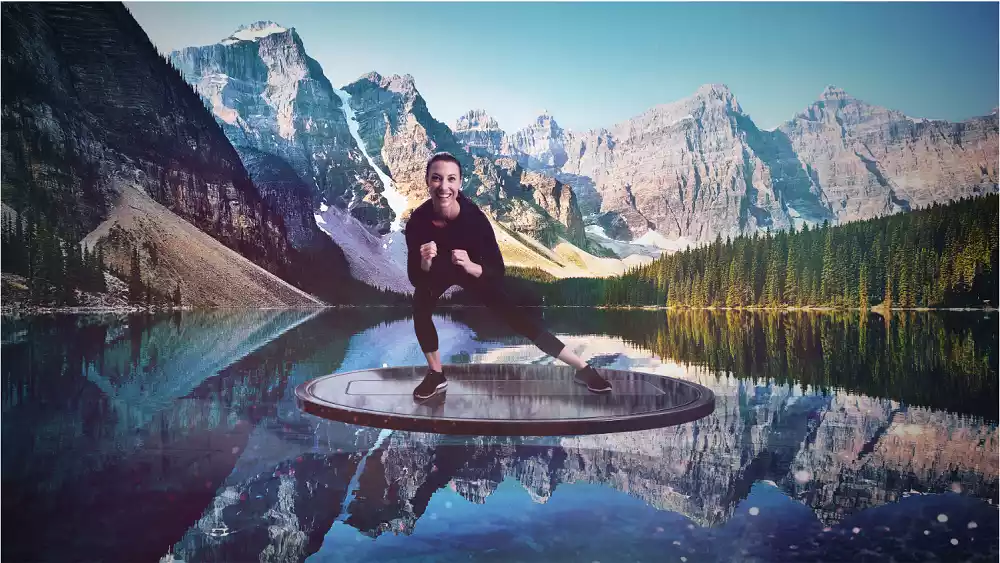Global Wellness Summit: The Future of Wellness 2023 Trends

Global Wellness Summit released their Future of Wellness 2023 Trends Report, outlining the meaningful shifts that will impact the wellness economy in 2023 and beyond
The Global Wellness Summit last week released its latest research on the $4.5 trillion global wellness market. The Future of Wellness 2023 Report reveals a dozen new, eye-opening wellness trends, many of which can more accurately be categorized as movements, that are driven by shifts in values by consumers all over the world.
Here are the biggest global health and wellness trends for 2023:
Wellness + Gathering: Wellness Comes for the Loneliness Epidemic
One of the biggest trends is bringing people together in real life, where social connection is the heart of the workout. Social wellness clubs like Remedy Place and social bathhouse Othership are leading the way, helping people connect through movement and self-care.
Wellness + Travel
Wellness tourism has never been more diverse. A rising social justice movement and greater emphasis on authenticity are leading tourists to learn about how different cultures practice wellness. In Japan, traditional ryokans, or hot spring inns, are having a renaissance, and India is opening a center for traditional medicine, partnering with the World Health Organization.
Wellness + Workplace
Workplace wellness is getting a much-needed rethink. Burnout is pervasive, and many employers are trying to create solutions. Extended, company-wide vacations are on the rise, as are memorable offsites and gatherings at social wellness clubs. Topics once stigmatized like menopause are gaining the attention of major employers.
Wellness + Beauty
When it comes to beauty in 2023, science reigns. The shift towards data-backed products has never been more evident. Consumers are demanding more transparency and education when it comes to their skincare products, in particular. Synthetic ingredients are no longer ignored, and clean beauty is on the rise.
Wellness + Cities
Wellness destinations are more popular than ever when it comes to urban infrastructure. The pandemic reminded citizens of the need for urban spaces that are health and wellness focused. New York City’s the Highline is an example of this need–a destination where people exercise, socialize, and take in natural beauty in the middle of the hustle and bustle. The 11th Street Bridge Park in Washington, D.C. is a newer example of community-building urban wellness infrastructure.
The other categories outlined in the report include Wellness + Weight, + Governments, + Senses, + Biohacking, and + Faith. Weight management is no longer a key concern for consumers, who seem more preoccupied with longevity and feeling “younger.” Governments are looking at more preventative wellness programs—Japan launched a national project with a focus on boosting the health span of its aging population. NYC mayor’s office just invested $44 million to train 200,000 doctors and nurses on how to use preventative “lifestyle medicine.”
With more attention globally on wellness and health than ever before, Global Wellness Summit’s 2023 Trends for the Future of Wellness is an insight into where the industry is going for both consumers and operators, and society as a whole.



